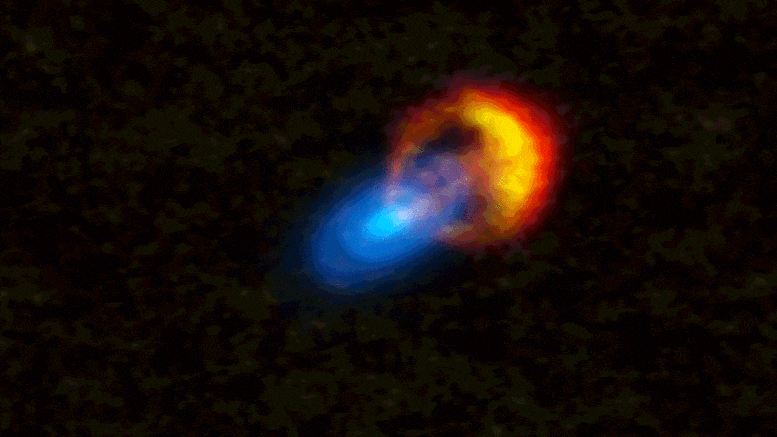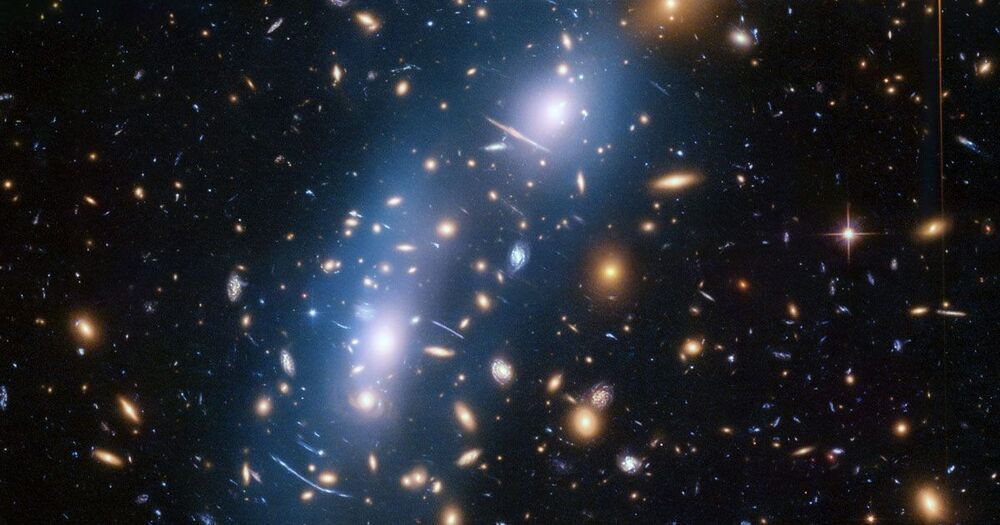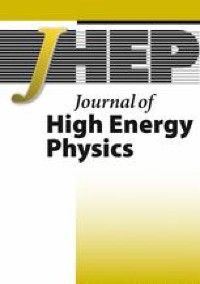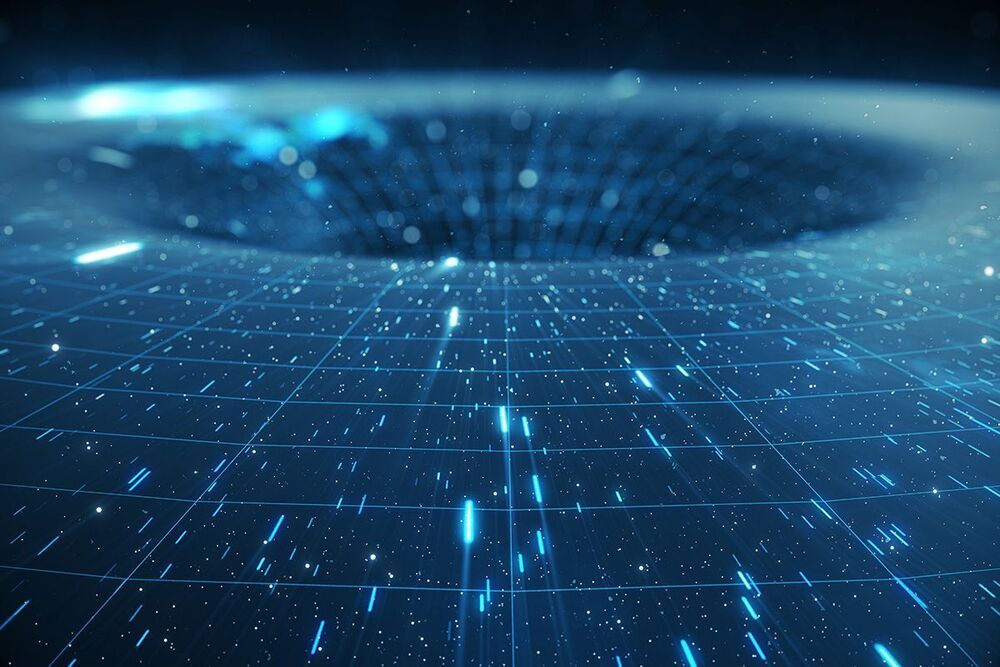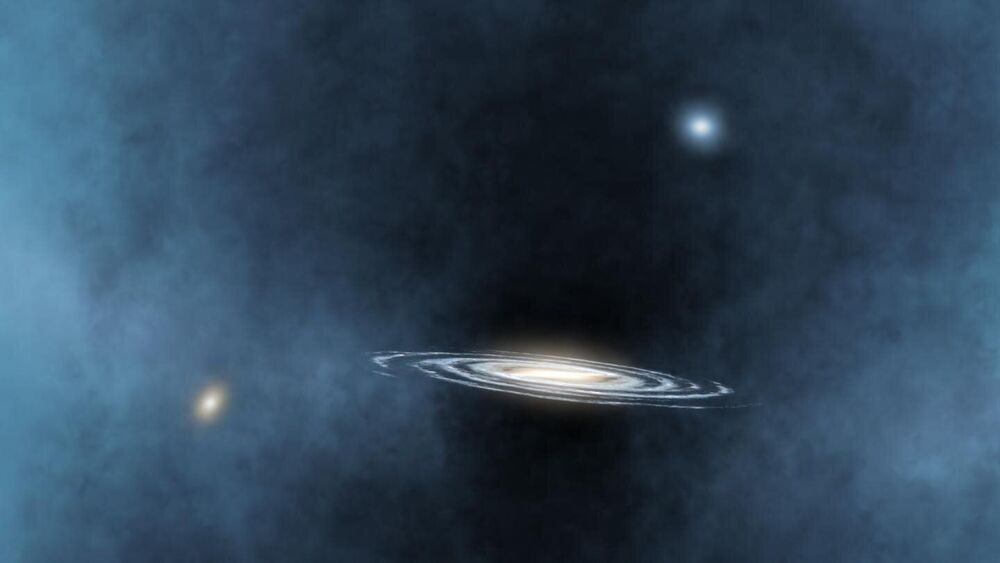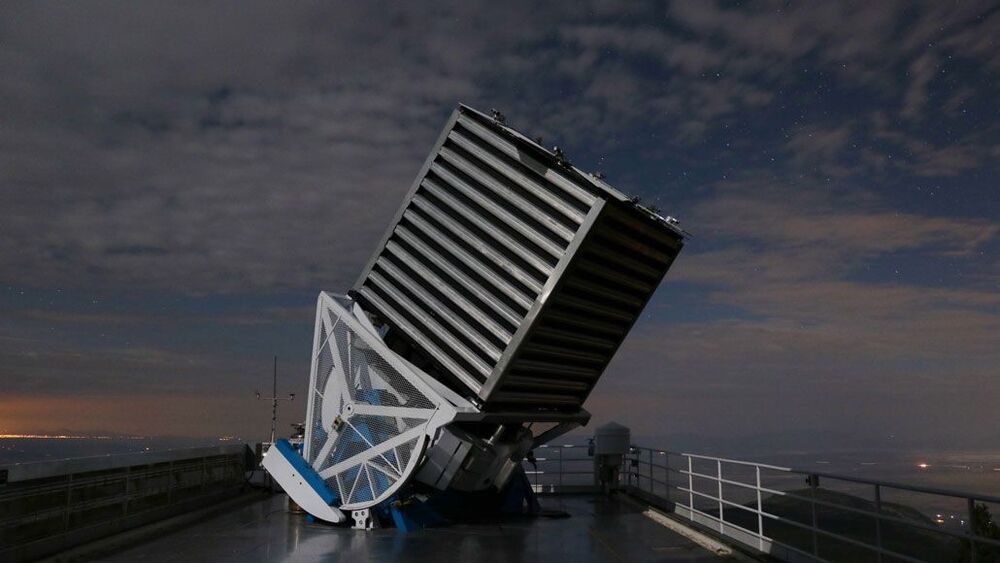One of my favorite science fiction authors is/was Isaac Asimov (should we use the past tense since he is no longer with us, or the present tense because we still enjoy his writings?). In many ways Asimov was a futurist, but — like all who attempt to foretell what is to come — he occasionally managed to miss the mark.
Take his classic Foundation Trilogy, for example (before he added the two prequels and two sequels). On the one hand we have a Galactic Empire that spans the Milky Way with millions of inhabited worlds and quadrillions of people. Also, we have mighty space vessels equipped with hyperdrives that can convey people from one side of the galaxy to the other while they are still young enough to enjoy the experience.
On the other hand, in Foundation and Empire, when a message arrives at a spaceship via hyperwave for the attention of General Bel Riose, it’s transcribed onto a metal spool that’s placed in a message capsule that will open only to his thumbprint. Asimov simply never conceived of things like today’s wireless networks and tablet computers and suchlike.

